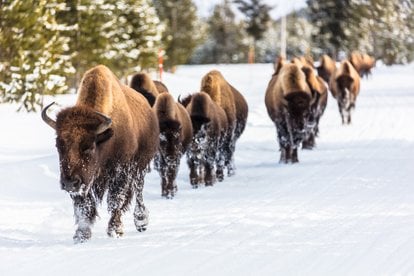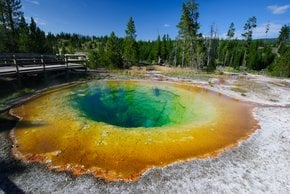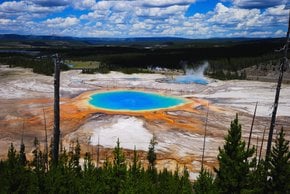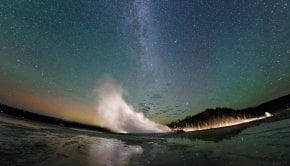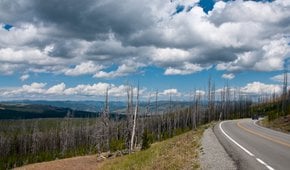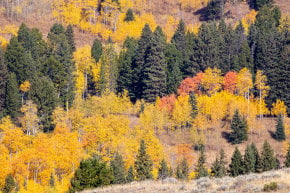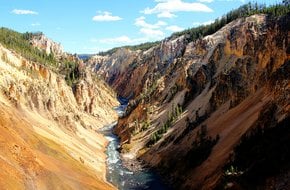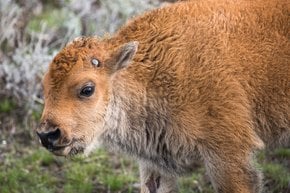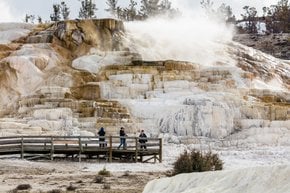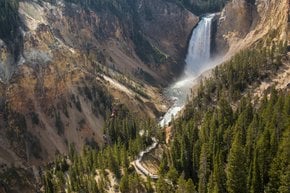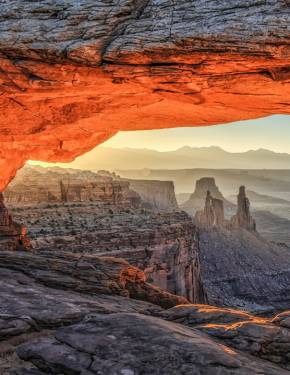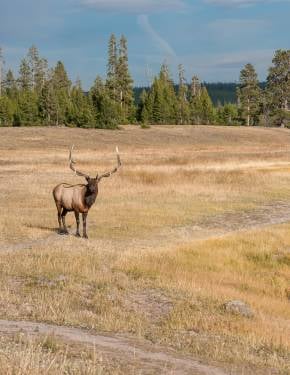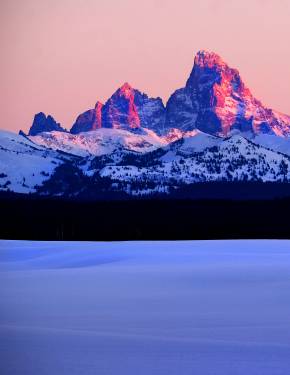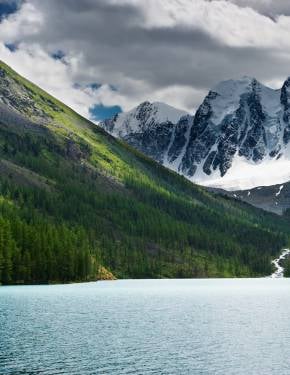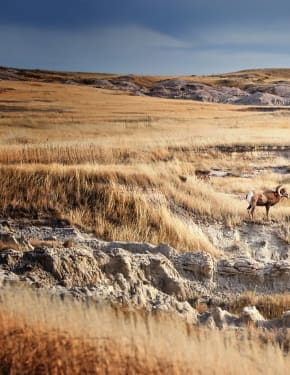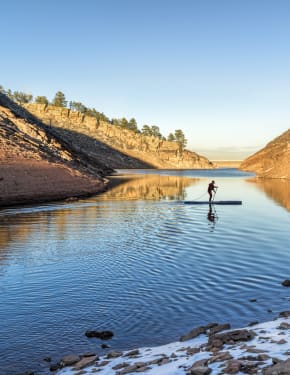Migrating Bison in Yellowstone National Park 2025-2026
Thousands of animals gather in the Northern areas of the park for winter
Best time: December–March
Herds of bison that inhabited the Great Plains of the United States and Canada range from the Great Slave Lake in the north to as far as Mexico. Yellowstone National Park has been home to American bison or buffalo since prehistoric times. The bison population in Yellowstone is currently from 3,000 to 6,000 animals. Yellowstone herd roams freely over the expansive landscape of national park in Wyoming and Montana. Bison tend to congregate during the breeding season and migration. Overall, the animals migrate about 1,000 miles over the year.
When to see bison migration
In the winter months, bison travel to the north area of Yellowstone Park, where on lower elevations, temperatures are milder, and there's less snow. The migration starts in December and peaks in March. Bison feed on grass, flowers, herbs, and shrubs. These animals love to graze leisurely, so they never haste and rarely move on more than 2 mi (3 km) per day. That slow pace is typical for a "nomadic migration."
Where to spot bison
Yellowstone’s Northern Range: Lamar Valley, Mammoth Hot Springs, Old Faithful Geyser, and the Madison River area near West Yellowstone are good places to spot bison. Thousands of animals fill the grasslands while higher elevations remain under snow. Northern Range is the only area in the park that is accessible by car during winter, so tours are possible to spot bison and other wildlife at Lamar Valley. Winter is a good time for wildlife photographers because it's easier to photograph animals against a white snow background. In addition to bison, you can spot elk, bighorn sheep, mule deer, whitetail deer, pronghorn, and moose.
Bison Spotting Tips
Stay at least 25 yards away from a bison, as these animals can act aggressively when feeling threatened. Have binoculars or a spotting scope at hand. Find an elevation so you can look over a larger area, and try to stay quiet so as not to scare animals off.

